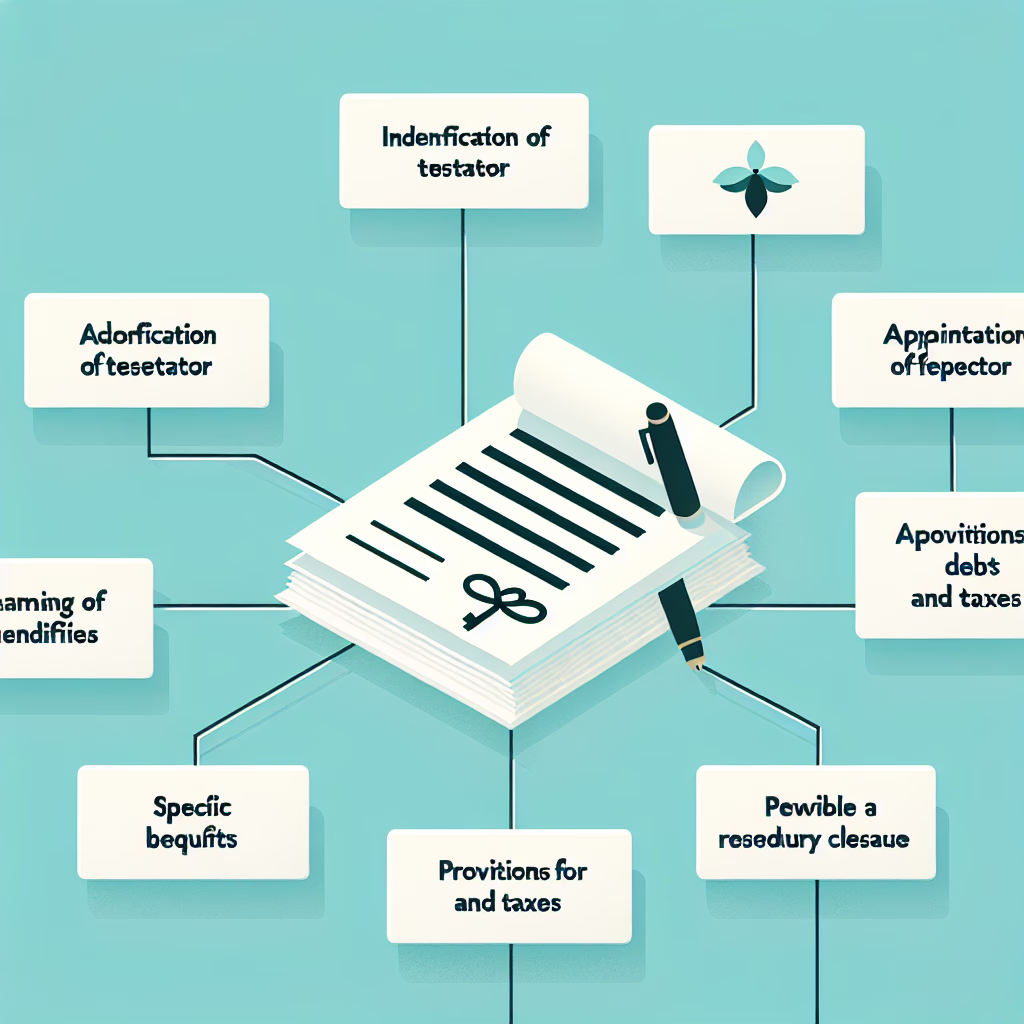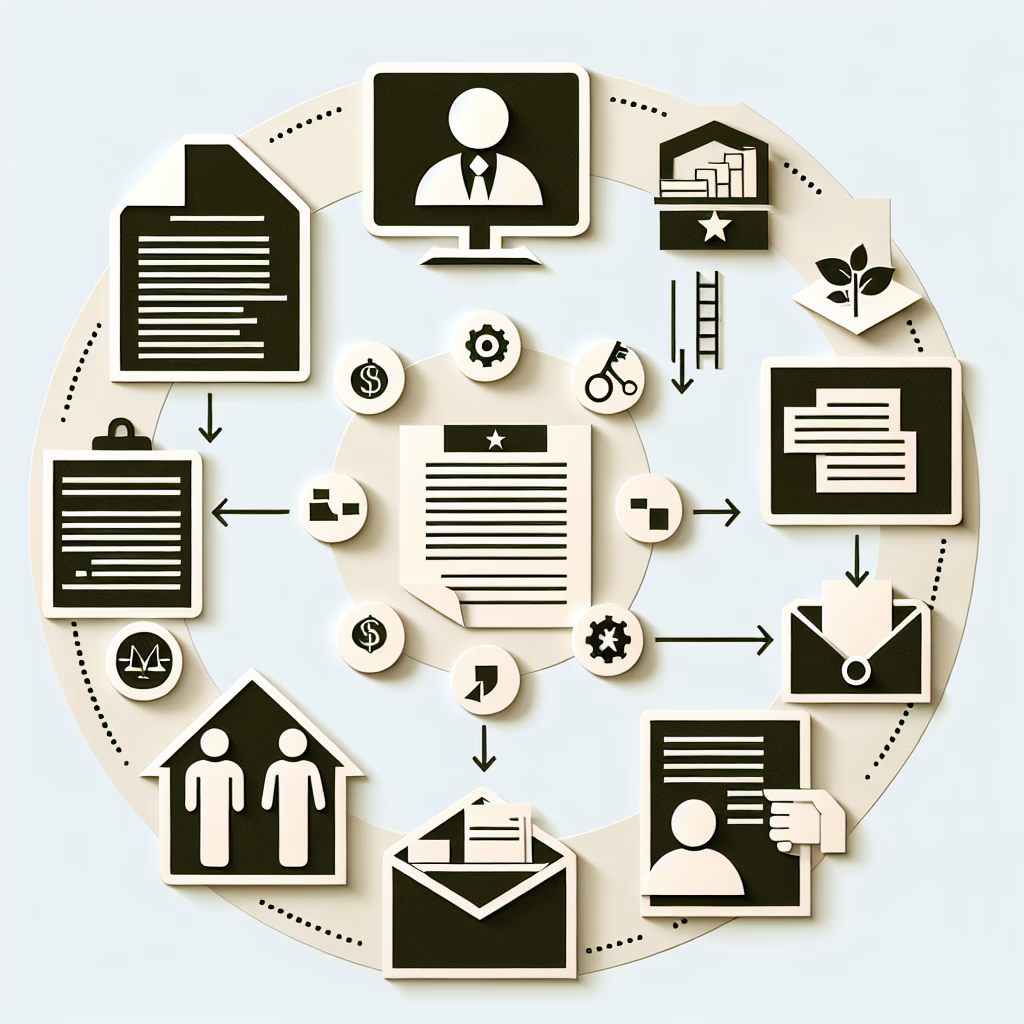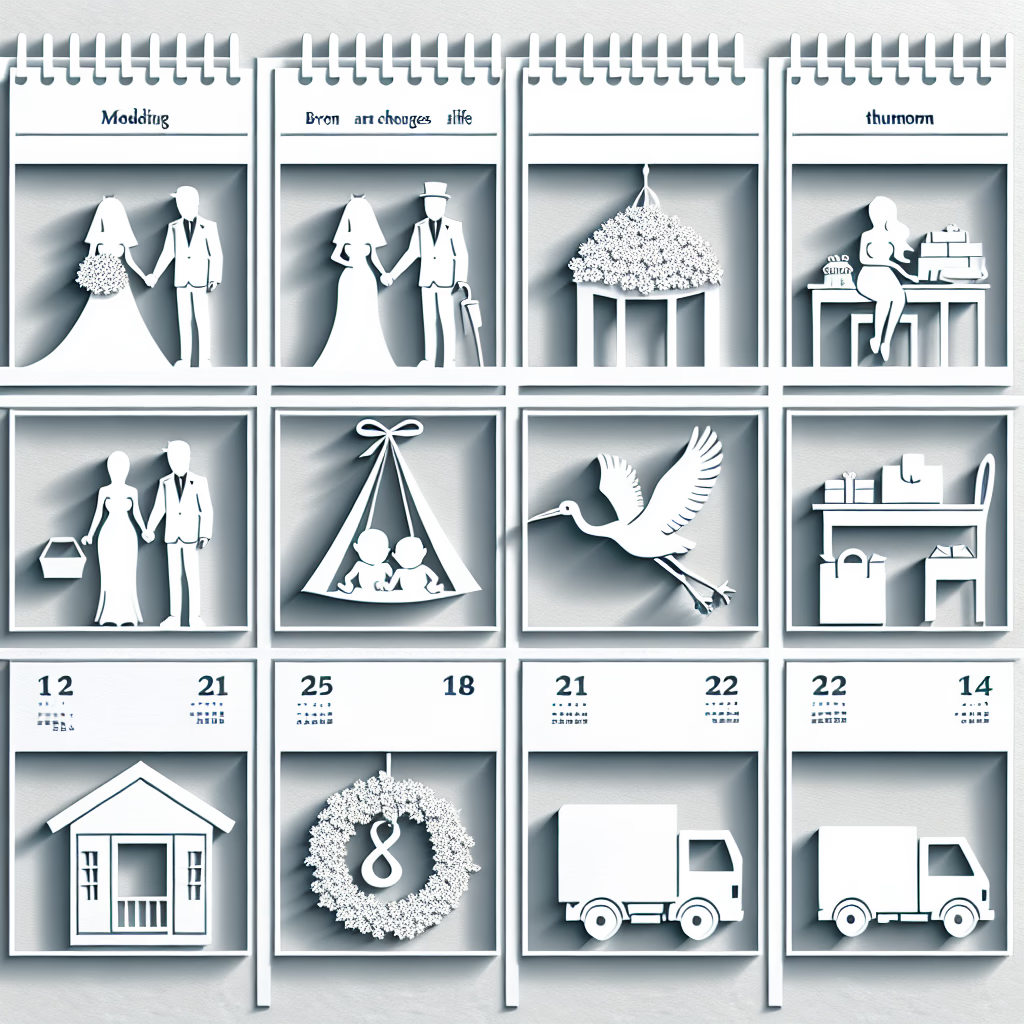Creating a Comprehensive Will: A Step-By-Step Guide
A detailed guide on how to draft a will that covers all necessary aspects of your estate, ensuring your wishes are followed.
What's Here
- Why You Need a Comprehensive Will
- Key Components of a Comprehensive Will
- Ensuring Your Will is Legally Valid
- Step-by-Step Guide to Creating Your Will
- Common Mistakes to Avoid When Drafting a Will
- Reviewing and Updating Your Will
- Resources to Help with Creating Your Will
- Wrapping Up: Peace of Mind with a Comprehensive Will

Why You Need a Comprehensive Will
Creating a comprehensive will is one of the most important steps you can take to ensure your final wishes are carried out. A will allows you to:
- Specify how your assets should be distributed
- Name guardians for your minor children
- Designate an executor to manage your estate
- Minimize potential conflicts among your heirs
Without a will, state laws will determine how your assets are divided, which may not align with your desires. Taking the time to draft a thorough will gives you control over your legacy and provides peace of mind for you and your loved ones.

Key Components of a Comprehensive Will
A well-drafted will should include several key components:
- Identification of the testator (the person making the will)
- Appointment of an executor to manage the estate
- Designation of beneficiaries and how assets should be distributed
- Naming of guardians for minor children
- Specific bequests of personal property
- Provisions for paying debts and taxes
- Residuary clause for any remaining assets
By addressing each of these elements, you ensure that your will covers all necessary aspects of your estate.

Ensuring Your Will is Legally Valid
For your will to be enforceable, it must meet certain legal requirements. These typically include:
- The testator must be at least 18 years old and of sound mind
- The will must be in writing (handwritten or typed)
- The document must be signed by the testator
- The signing must be witnessed by at least two people (who are not beneficiaries)
Some states may have additional requirements, such as notarization. It's important to research the specific laws in your state to ensure your will is legally valid.

Step-by-Step Guide to Creating Your Will
List your assets: Begin by making a comprehensive list of your assets, including property, investments, bank accounts, and personal possessions.
Decide on beneficiaries: Determine who you want to inherit your assets and how you want them distributed.
Choose an executor: Select a trusted person to manage your estate and carry out the terms of your will.
Name guardians for minor children: If you have children under 18, designate who you want to be their legal guardians.
Write your will: Using your asset list and beneficiary decisions, draft the content of your will. You can use a template or consult with an attorney.
Sign and witness: Sign your will in the presence of at least two witnesses, who must also sign the document.
Store safely: Keep your will in a secure location, such as a fireproof safe or with your attorney, and inform your executor of its whereabouts.

Common Mistakes to Avoid When Drafting a Will
Not being specific enough: Clearly identify your assets and beneficiaries to avoid confusion and potential disputes.
Failing to update: Review and update your will regularly, especially after major life events like marriages, divorces, or births.
Overlooking digital assets: Don't forget to include instructions for your digital assets, such as social media accounts and online banking.
Not considering tax implications: Be aware of potential estate taxes and how they may impact your beneficiaries.
DIY without legal advice: While you can create a will on your own, it's wise to consult with an attorney to ensure it's comprehensive and legally sound.

Reviewing and Updating Your Will
Your will should be reviewed and updated periodically, especially after significant life changes such as:
- Marriage or divorce
- Birth or adoption of a child
- Death of a beneficiary or executor
- Substantial changes in assets
- Relocation to another state
It's a good idea to review your will every 3-5 years to ensure it still reflects your current wishes and circumstances. Dating each version of your will helps keep track of the most recent document.

Resources to Help with Creating Your Will
There are several resources available to assist you in creating a comprehensive will:
- Online will templates and software
- Estate planning attorneys
- Legal aid clinics
- Self-help legal books
While online resources can be helpful, it's recommended to consult with an attorney to ensure your will is thorough, legally valid, and tailored to your unique circumstances.

Wrapping Up: Peace of Mind with a Comprehensive Will
Creating a comprehensive will is a vital part of ensuring your final wishes are carried out and your loved ones are provided for. By following this step-by-step guide and utilizing available resources, you can draft a thorough, legally valid will that gives you and your family peace of mind.
Remember to review and update your will regularly to keep it current with your life circumstances. Taking the time to create a well-crafted will is one of the most important steps in securing your legacy.
.svg)